
Parents submit applications for their children to enter grade 6 for the 2025-2026 school year in Ho Chi Minh City - Photo: NHU HUNG
After four years of implementing the 2018 General Education Program, the secondary school level has completed a teaching cycle from grades 6 to 9. This is an important time to evaluate the results achieved, identify practical difficulties and propose adjustments to ensure the program is practical, effective and sustainable.
Positive and existential
The Ministry of Education and Training is reviewing and adjusting the content of a number of subjects to suit the merger of localities and the implementation of the two-tier local government model. Therefore, reviewing the model of organizing the teaching of natural sciences at the secondary level is extremely necessary in the current context.
The implementation of natural science in the past four years has shown that many positive points have been achieved. The integrated approach to building the program helps students approach scientific knowledge from an interdisciplinary perspective, closely linked to practice, thereby developing the ability to think scientifically, solve problems and apply knowledge to life is one of the outstanding advantages.
At the same time, the program creates conditions for innovation in teaching methods, diversifying forms of testing and assessment, and enhancing the role of practice, experiments and practical experience activities.
However, there are also some notable shortcomings. First of all, there is the incompatibility between the integrated model and the capacity of the teaching staff. Most of the current secondary school teachers are only trained in a single subject, while the curriculum requires interdisciplinary teaching. This leads to confusion, overload, and even misalignment in teaching, especially in grades 8 and 9, where the learning content is increasingly specialized.
In addition, the way of organizing teaching according to topics organized in parallel to solve the difficulty of not having teachers to teach all the topics of natural science easily makes the content lose coherence, lacking logical development between concepts and topics.
Many teachers prepare lessons in the direction of "content aggregation" rather than designing intentional connections, causing students to learn in a fragmented way, lacking a systematic thinking foundation. This is a major barrier to the formation of sustainable scientific thinking, especially for natural science subjects.
Proposed solution
Based on practical analysis and development requirements, adjusting the content of natural science subjects towards integration at the beginning of the level and differentiation at the end of the level is a reasonable and feasible choice.
Specifically, grades 6 and 7 should continue to implement integrated teaching by topic, linking knowledge with practice, experience and training in synthesis skills. This is the stage of forming a foundation of scientific thinking and stimulating students' interest in learning.
From grade 8, the program needs to shift to differentiation, so the content and teaching organization should be adjusted according to three separate subjects: physics, chemistry and biology.
Each subject should be taught by a specialized teacher, helping to ensure depth of knowledge, supporting entrance exams and creating a foundation for career orientation to continue studying at high school or choosing a suitable vocational training and especially helping students choose physics, chemistry and biology subjects at high school more easily based on scientific basis and their own background, strengths and passions.
This model will help overcome the situation of teachers being overloaded because they have to teach subjects other than their major, while creating coherence and effectiveness in learning.
Along with that, it is necessary to retrain the teaching staff to suit the new orientation. In grades 6 and 7, we need integrated teachers with the ability to design topics and organize experiences; in grades 8 and 9, we need teachers with in-depth expertise in each subject.
At the same time, the Ministry of Education and Training needs to issue professional guidance documents and digital learning materials suitable for each stage of program development. The entrance exam format for grade 10 specialized high schools also needs to be reviewed and adjusted to be consistent with the program content and guidance on adjusting the teaching content of natural sciences.
Finally, it is necessary to increase investment in teaching conditions such as laboratories, practice equipment, and electronic learning materials, especially in disadvantaged areas. At the same time, there needs to be a mechanism to monitor and evaluate the effectiveness after adjustments to continue perfecting policies based on scientific and practical evidence.
Students turn their backs on natural sciences
Another problem is the discrepancy between the integrated curriculum and the entrance exam format for grade 10 of specialized high schools. While students are taught integrated natural sciences, the exam is still focused mainly on single subjects (physics, chemistry, biology). This makes students have to study extra classes outside the curriculum to review for the exam, creating unnecessary pressure and going against the spirit of reducing the workload of the program.
The long-term consequence is that the rate of students choosing natural science combinations at high school level tends to decrease to an alarming level, especially biology. Many students turn their backs on natural science subjects due to lack of interest, lack of foundation, and lack of orientation towards practical application. This directly affects the source of university admission for engineering and technology majors, which are the core driving force of socio -economic development in the digital age and innovation.
Source: https://tuoitre.vn/mon-khoa-hoc-tu-nhien-o-thcs-nhieu-uu-diem-nhung-khong-it-ton-tai-20250705101058499.htm



![[Photo] Panorama of the cable-stayed bridge, the final bottleneck of the Ben Luc-Long Thanh expressway](https://vphoto.vietnam.vn/thumb/1200x675/vietnam/resource/IMAGE/2025/9/30/391fdf21025541d6b2f092e49a17243f)
![[Photo] President Luong Cuong receives President of the Cuban National Assembly Esteban Lazo Hernandez](https://vphoto.vietnam.vn/thumb/1200x675/vietnam/resource/IMAGE/2025/9/30/4d38932911c24f6ea1936252bd5427fa)
![[Photo] Solemn opening of the 12th Military Party Congress for the 2025-2030 term](https://vphoto.vietnam.vn/thumb/1200x675/vietnam/resource/IMAGE/2025/9/30/2cd383b3130d41a1a4b5ace0d5eb989d)
![[Photo] General Secretary To Lam, Secretary of the Central Military Commission attends the 12th Party Congress of the Army](https://vphoto.vietnam.vn/thumb/1200x675/vietnam/resource/IMAGE/2025/9/30/9b63aaa37ddb472ead84e3870a8ae825)
![[Photo] The 1st Congress of Phu Tho Provincial Party Committee, term 2025-2030](https://vphoto.vietnam.vn/thumb/1200x675/vietnam/resource/IMAGE/2025/9/30/1507da06216649bba8a1ce6251816820)
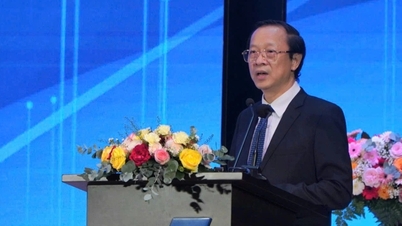

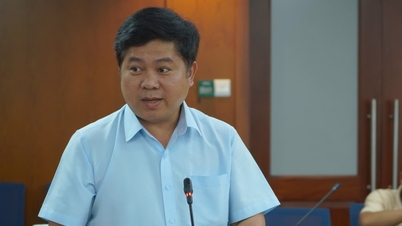



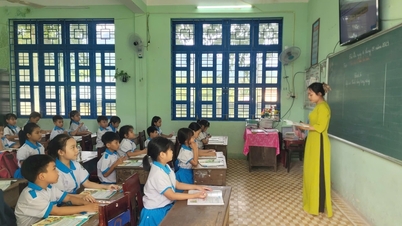

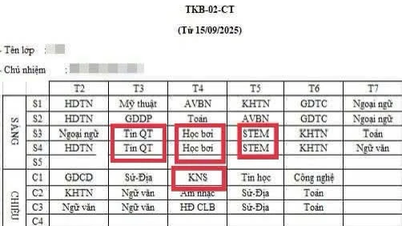















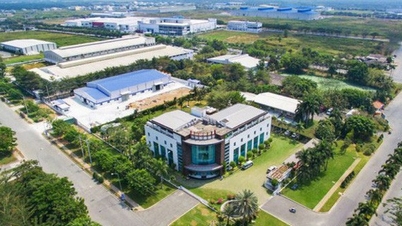






























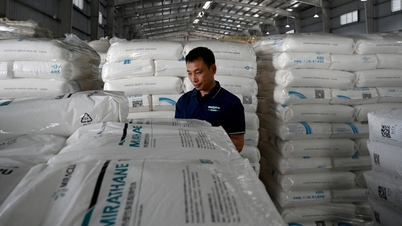
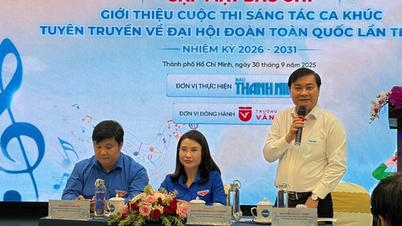


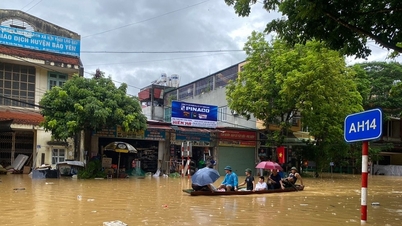












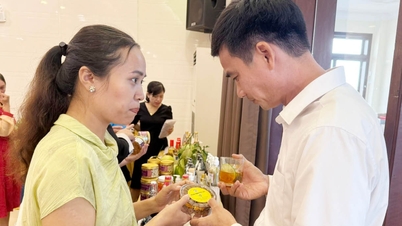

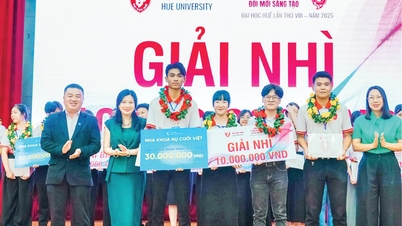
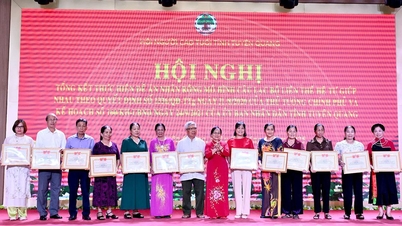

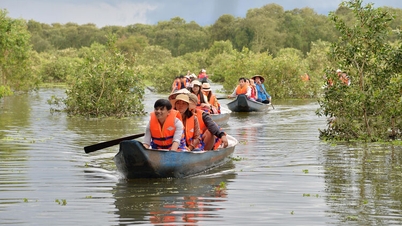

















Comment (0)